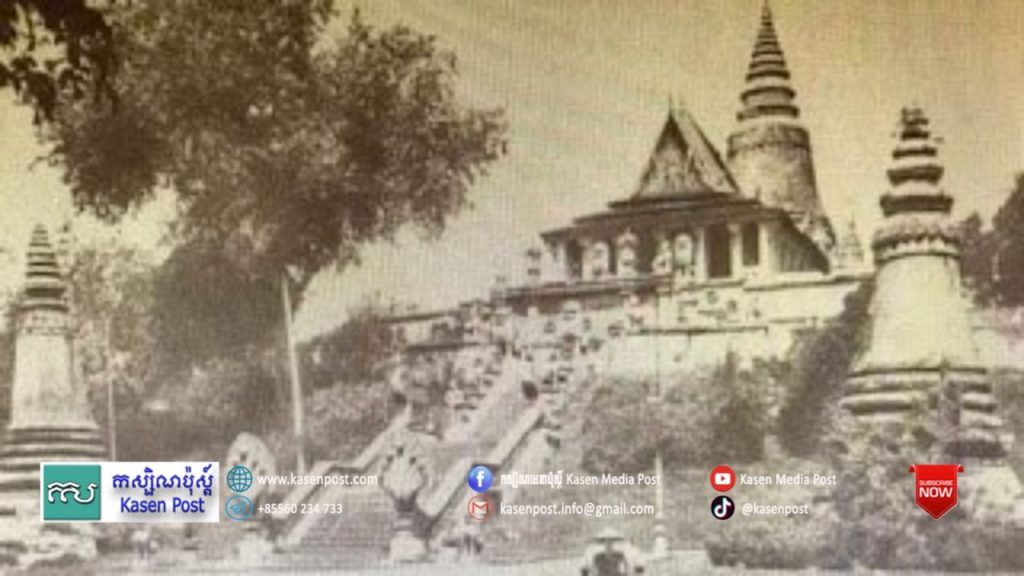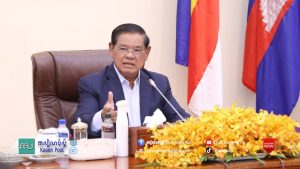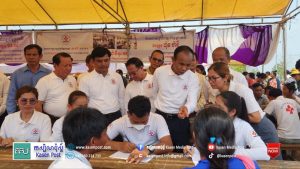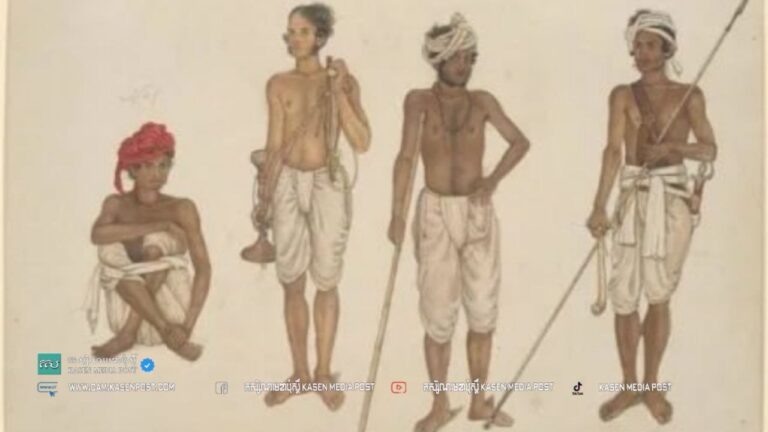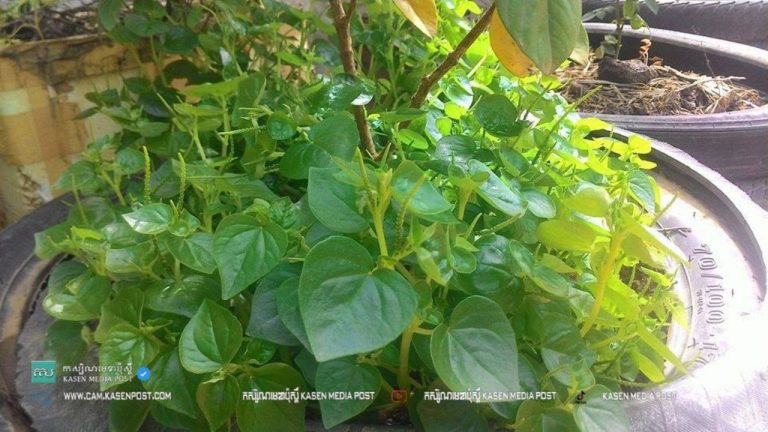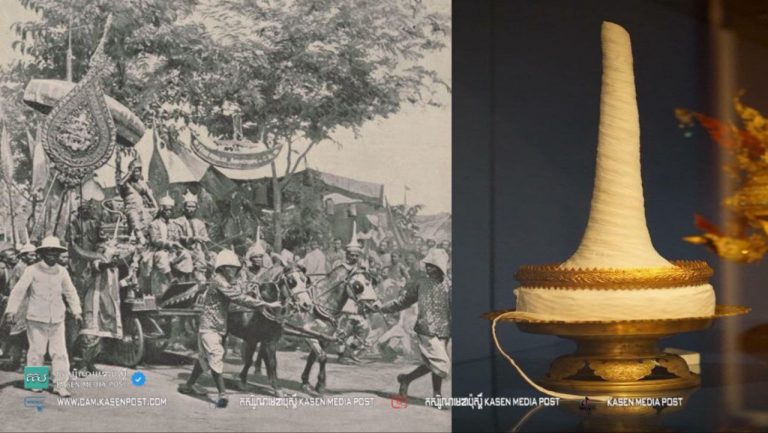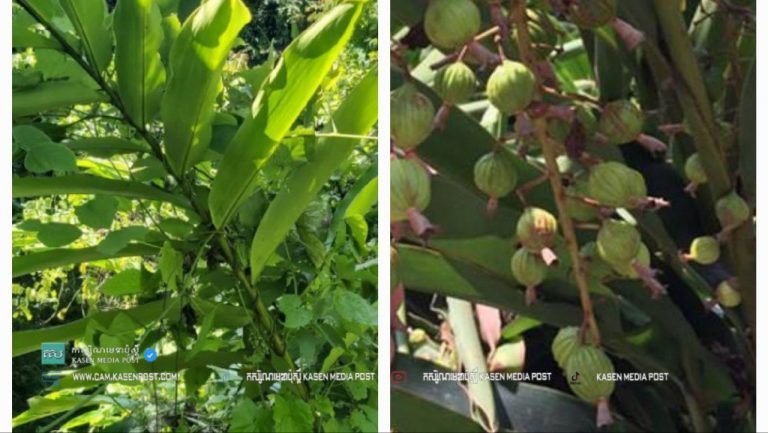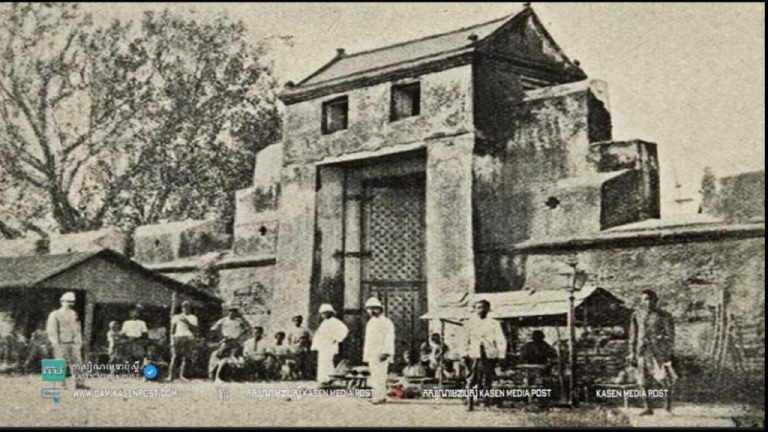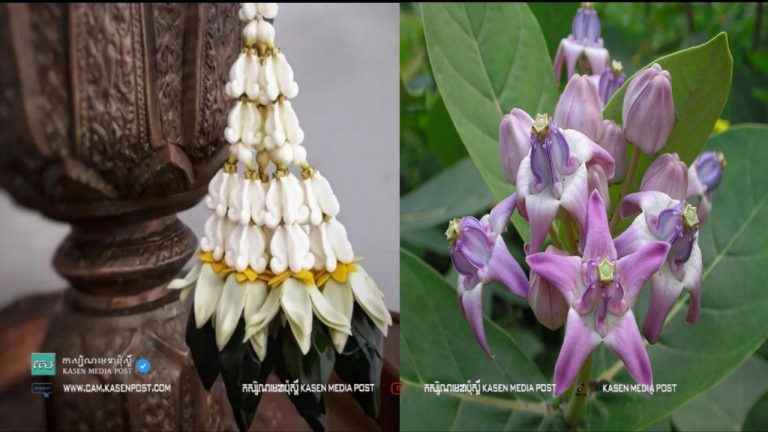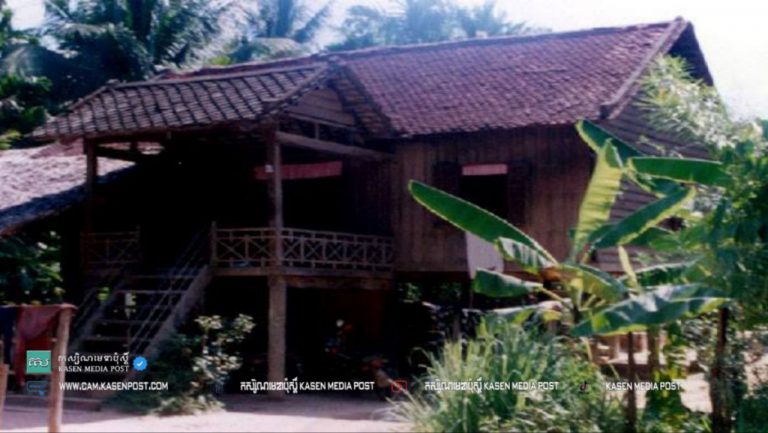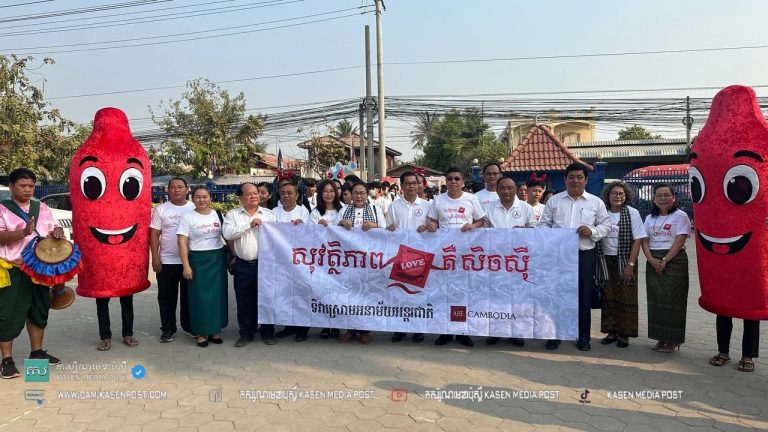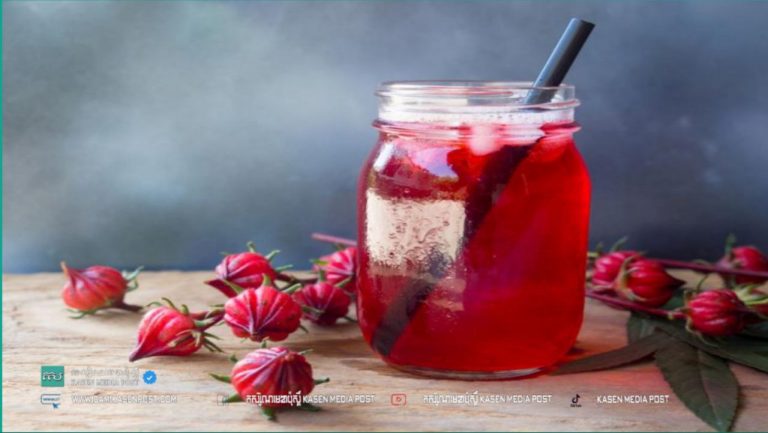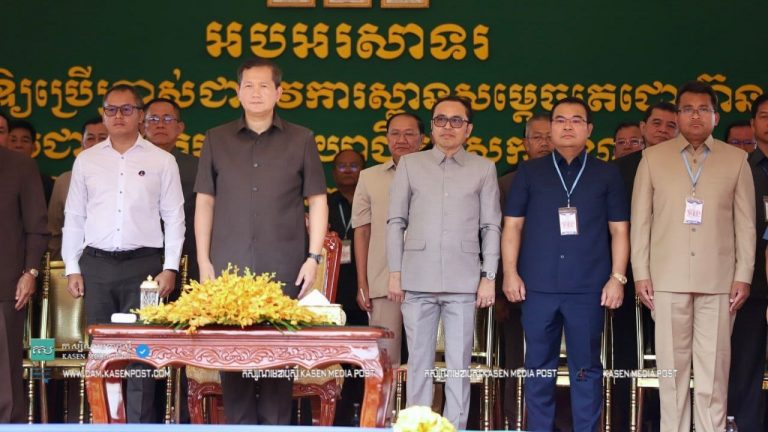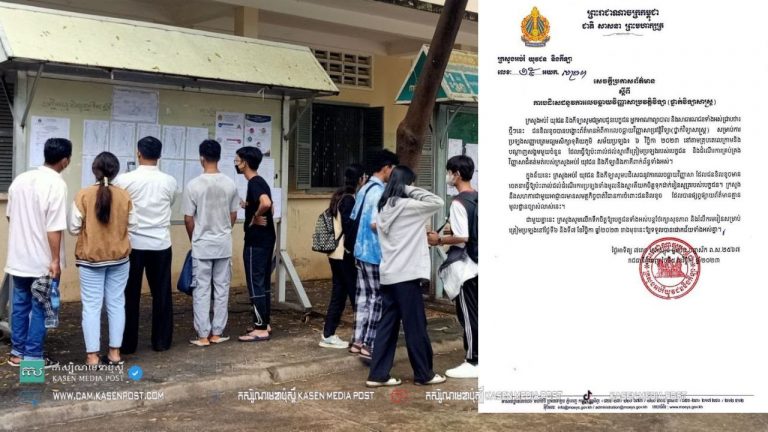Phnom Penh was first built in 1434 during the reign of King Ponhea Yat. Phnom Penh was first born by an old woman named Penh. Daun Penh is a person who is loved and respected by all of you and has settled around the banks of the “Chaktomuk” River, the confluence of the Upper Mekong, Lower Mekong, Tonle Sap and Tonle Bassac rivers.
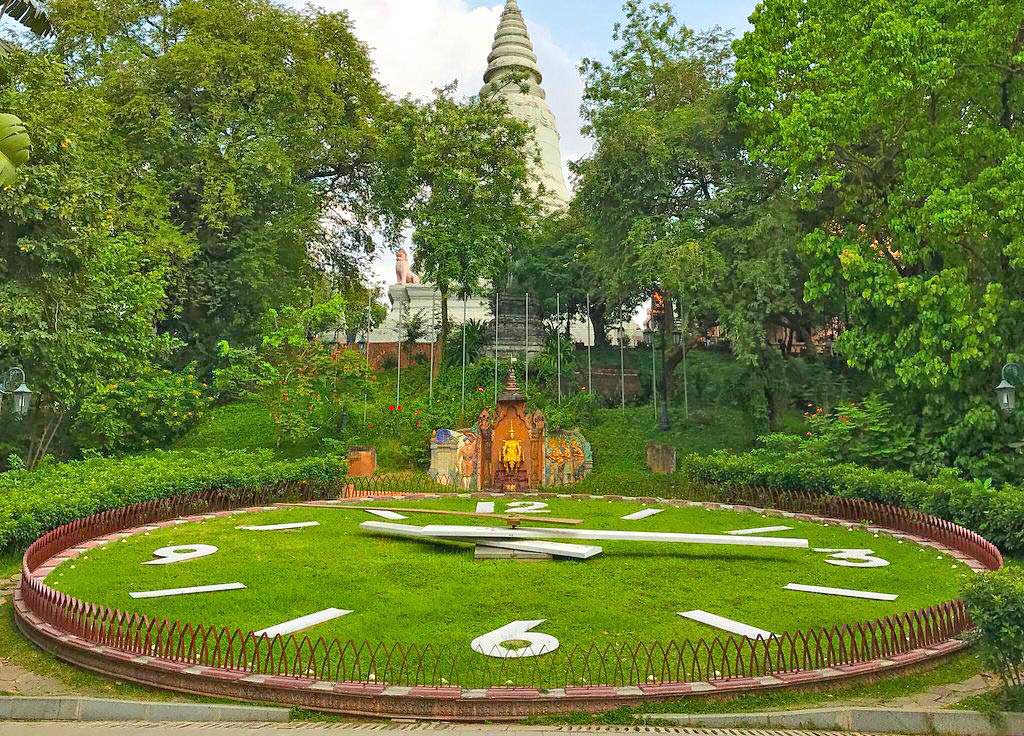
One day in 1372 CE, a downpour of rain caused the river to overflow. At that time, Daun Penh, who went down to the port, suddenly saw a large Koki tree that was swept away by the whirlpool river near the bank. Seeing this, Daun Penh called her neighbors to help pull the Koki tree ashore. After removing the Koki tree from the water, Daun Penh found four small bronze Buddha statues and another stone deity in the Koki tree hole.
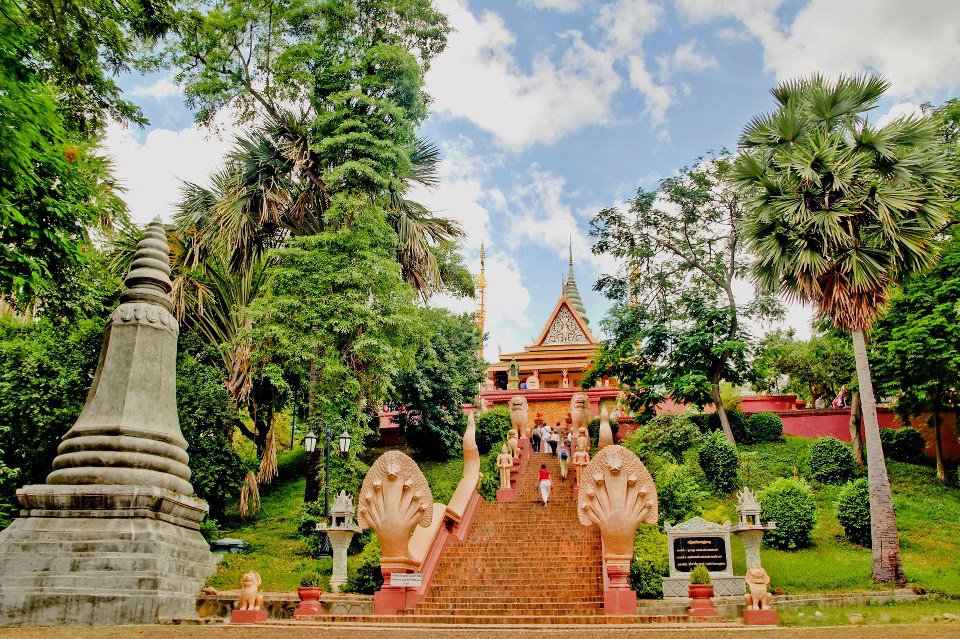
Daun Penh was overjoyed and arranged to build a small hut to house the shrines temporarily. Later, Daun Penh called on the neighbors to help lift the mound into a hill, and gradually the hill became a big mountain. Daun Penh also commissioned the construction of a temple to house the four bronze statues of the Buddha. Another stone statue of the Buddha was taken to an altar at the foot of the eastern hill of the temple.
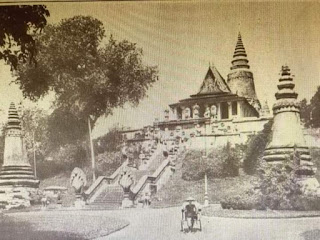
After the temple was built, Daun Penh invited the monks to stay at the foot of the mountain. It was from then on that the site was renamed “Wat Phnom Daun Penh” and later renamed “Wat Phnom” to this day. The name of the city “Phnom Penh” has always been used, while the stupa on top of Wat Phnom has also been used to house the remains of King Ponhea Yat and his royal family.
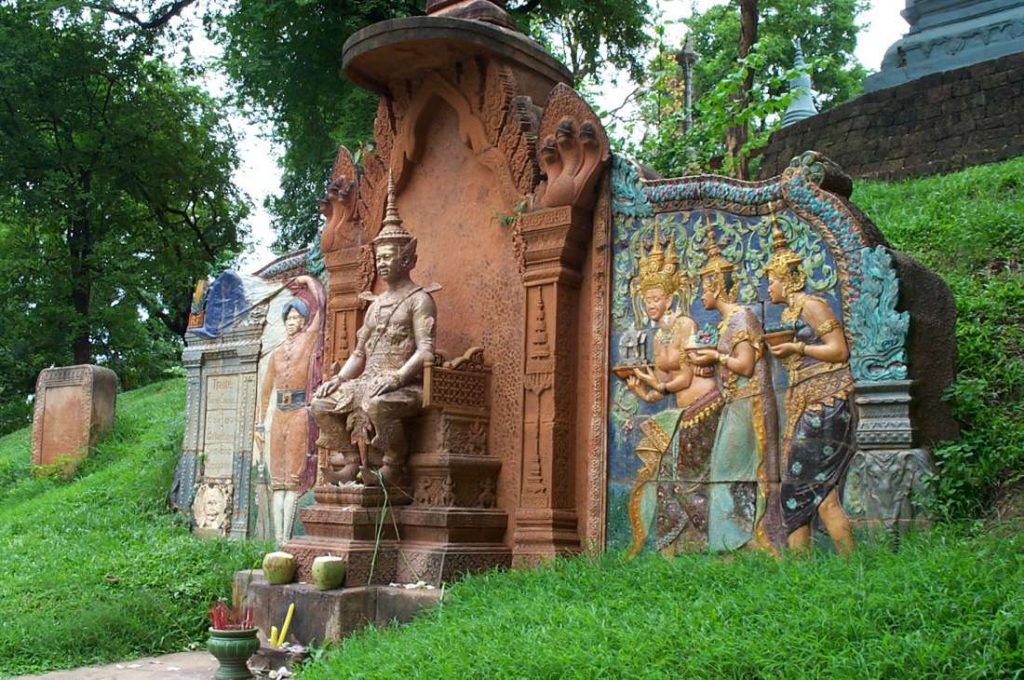
Before choosing this place as the capital, King Ponhea Yat built the first palace on the Chaktomuk River, in the Royal Palace today. But in 1497 the capital was relocated to Angkor. Through the flexible history of the nation, the capital of the Kingdom of Cambodia has been continuously changed. Until the reign of King Norodom, in 1865, a new palace was built in Phnom Penh. Since then, Phnom Penh has become the permanent capital of the Kingdom of Cambodia forever.
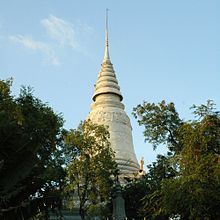
In the past, Phnom Penh was just a small, quiet fishing village with houses made of thatch, bamboo, or wood high above the ground. Over time, the city also experienced a series of developments. At the end of the 19th century, the French Guardian did many things, such as digging dams, building roads and building small bridges, making Phnom Penh the most beautiful city in the region. A neighborhood was built in the northern part of the city, modeled on French colonial architecture. The houses are built in rows with a maze of paths lined with plants on either side of the road. It was during this period that Phnom Penh became the “Pearl City of Asia”.
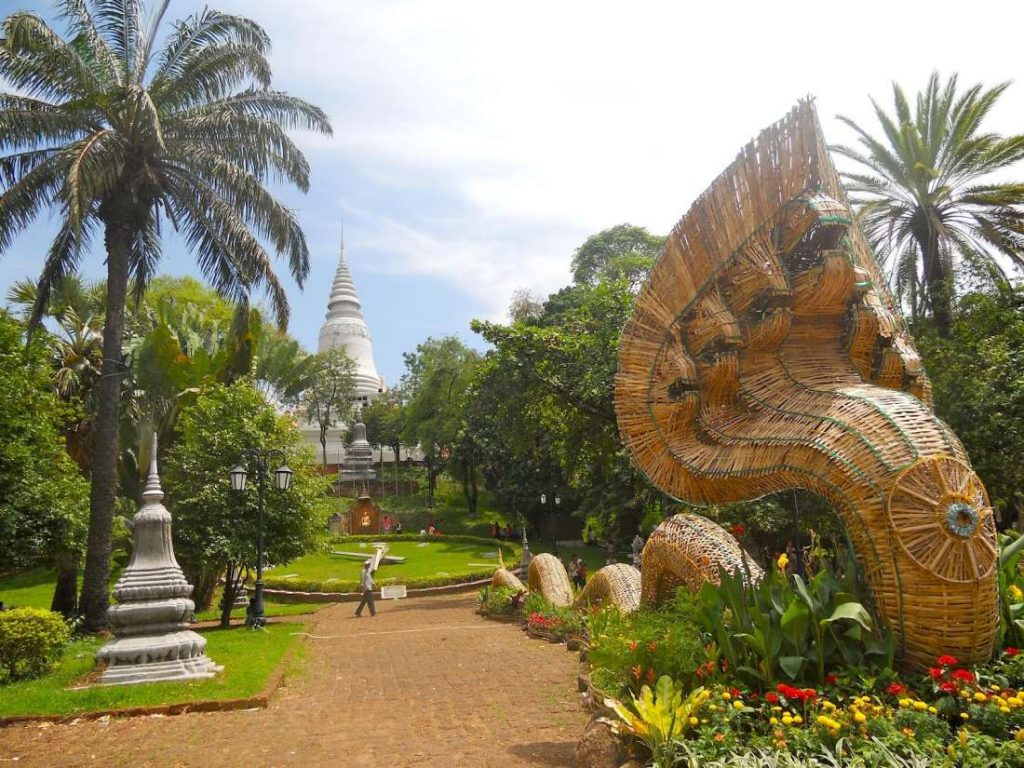
At the beginning of the 20th century, Phnom Penh also gradually expanded, with canals and bridges gradually being replaced by gardens. In 1935, the construction of the Central Market began. The grand and ambitious concrete architectural structure, which has been praised by the international press for its modernity, is another important new step in Phnom Penh’s development process.
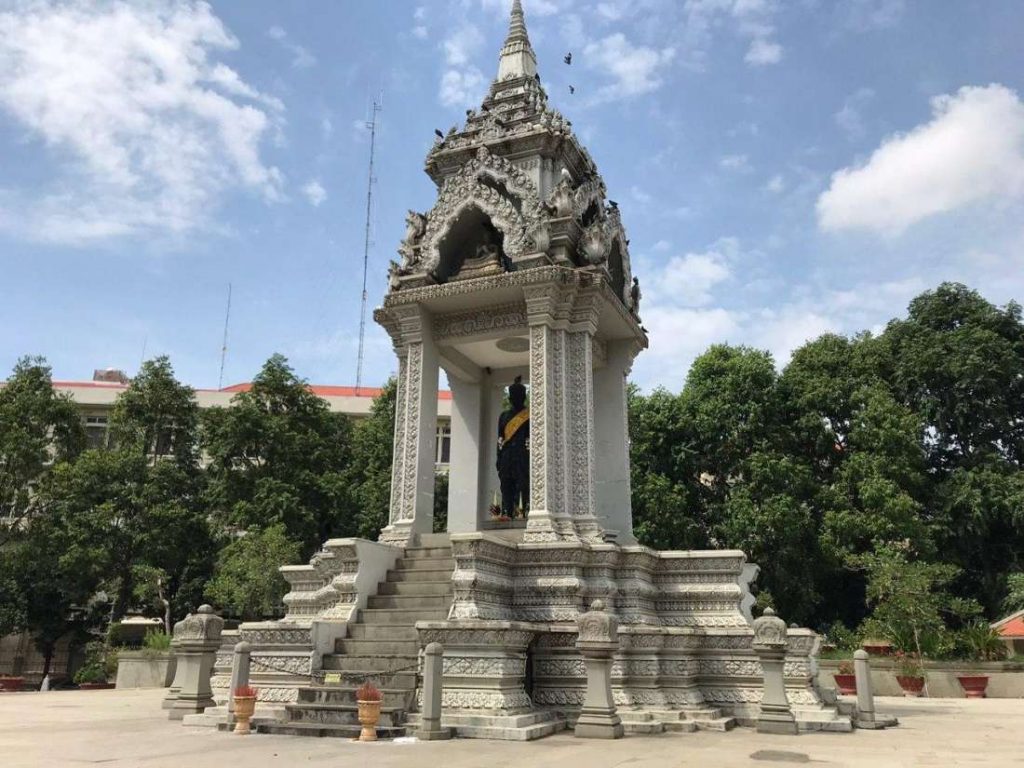
After gaining independence in 1953 under the leadership of Samdech Norodom Sihanouk, President of the Sangkum Reastr Niyum, the young Khmer architects also created many unique architectural masterpieces by combining modern architecture that adapts to world trends with Khmer architecture. Purely. It is these mixed architectures that give Phnom Penh the image of a modern city. The construction of an international airport and the connection of Phnom Penh to Sihanoukville via rail have made Phnom Penh one of the most important economic and commercial centers.
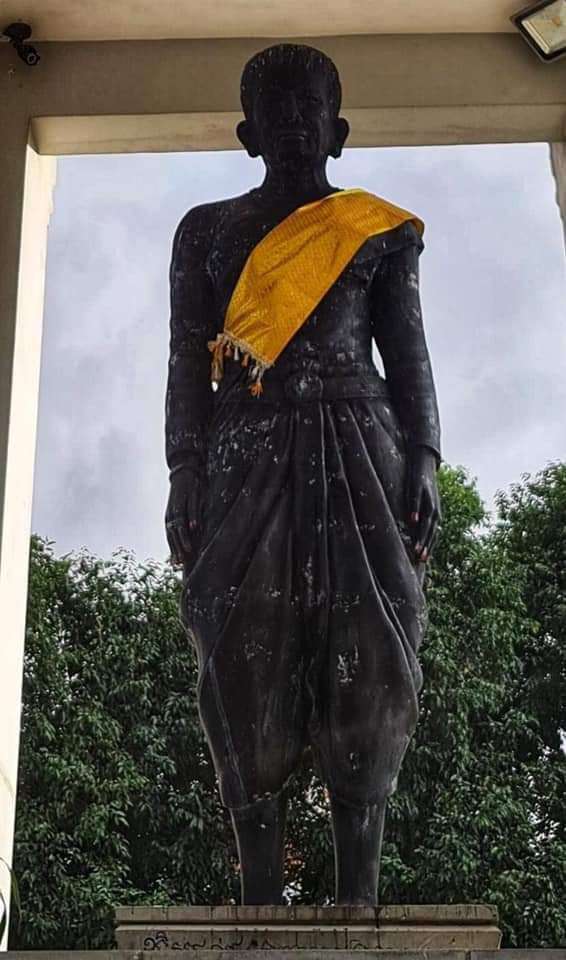
But when the Khmer Rouge came to power on April 17, 1975, Phnom Penh fell into a nightmare. People were forcibly evicted and in just 3 years, 8 months and 20 days, Phnom Penh became a ghost town. Infrastructure is tragically destroyed.
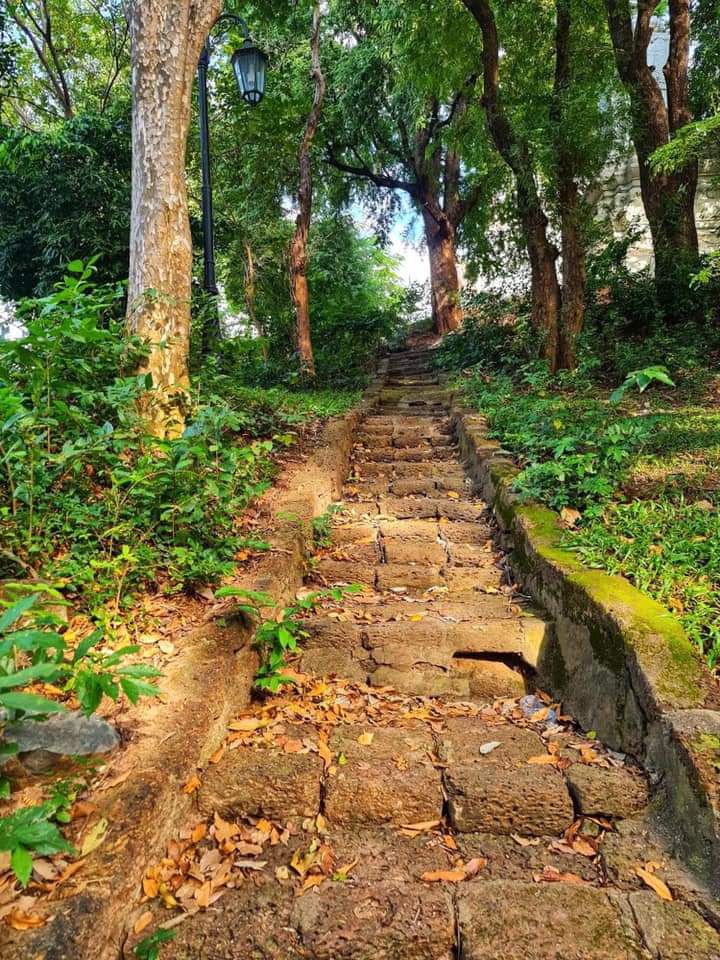
On January 7, 1979, Phnom Penh was liberated from this terrible situation. Phnom Penh has also started to come back to life. Determined not to allow the city to fall into the genocidal regime again, the authorities and the people began to actively rebuild and rebuild the country. However, at that time, they faced many difficulties in the process of developing the city. Complete peace throughout the country and national reconciliation were only achieved in the late 1990s thanks to the victorious policies of Samdech Akka Moha Sena Padei Techo Hun Sen. Since then, the restoration of Phnom Penh has gained momentum, which has changed the city through a series of construction activities. Phnom Penh has also become an attraction for investors as well as tourists.
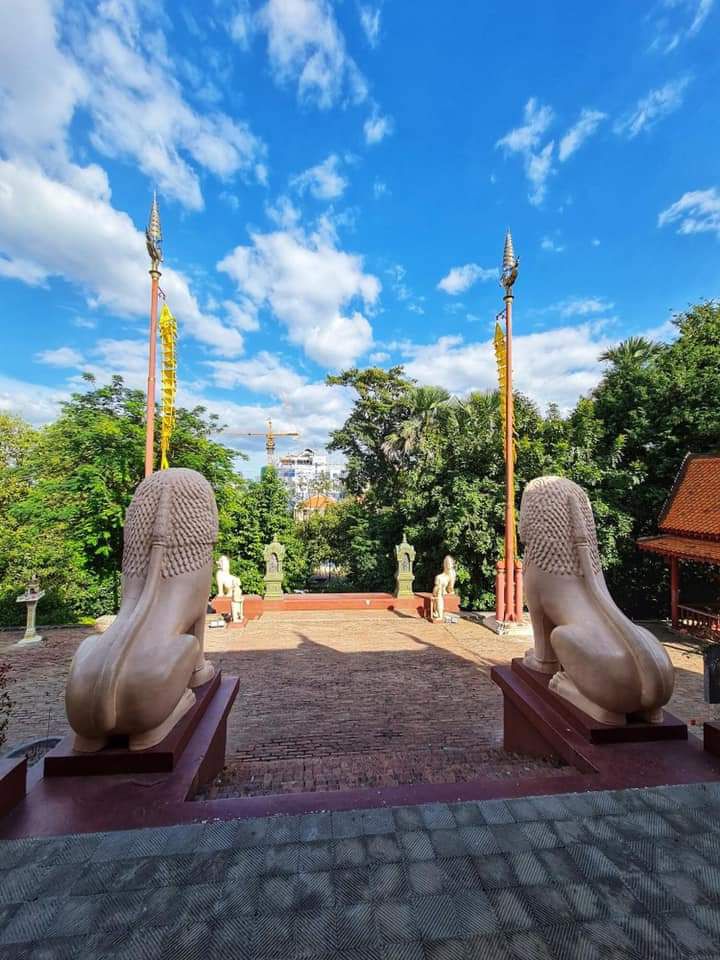
Soon the wounds of the past are healed. Phnom Penh has also changed its face on the beautiful streets and is building its future through a variety of urban planning and rich real estate projects that provide new opportunities for this “Pearl City of Asia” to move forward. Towards a glorious future that looks forward to the future.

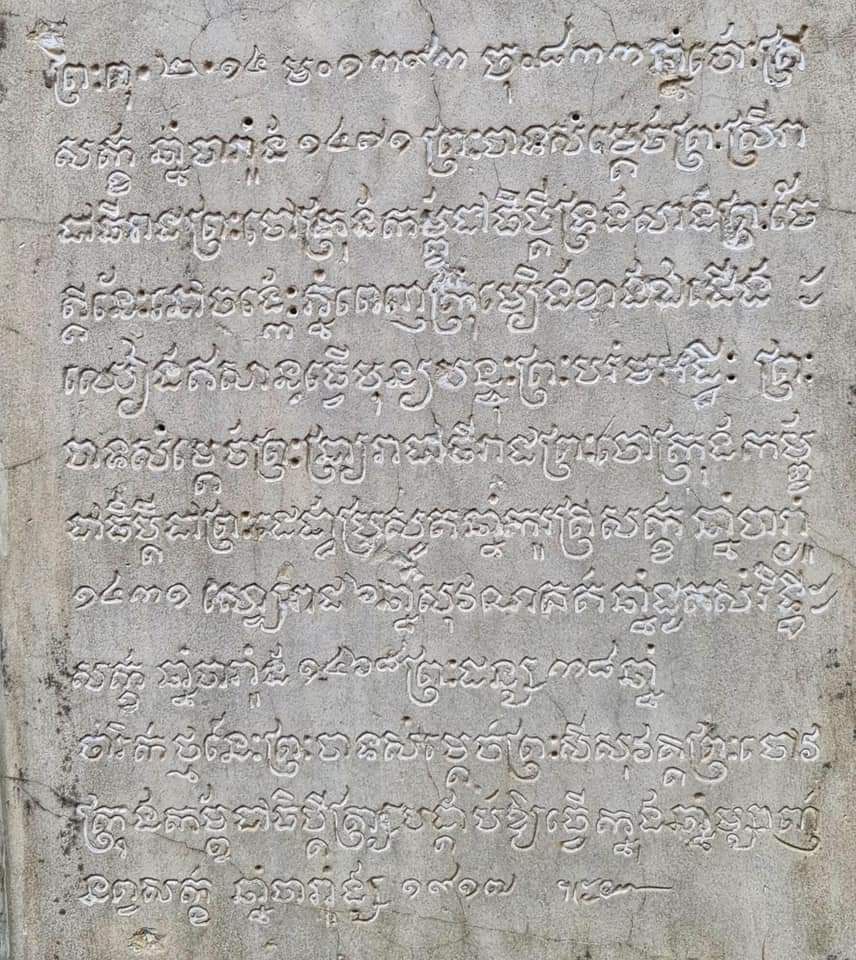
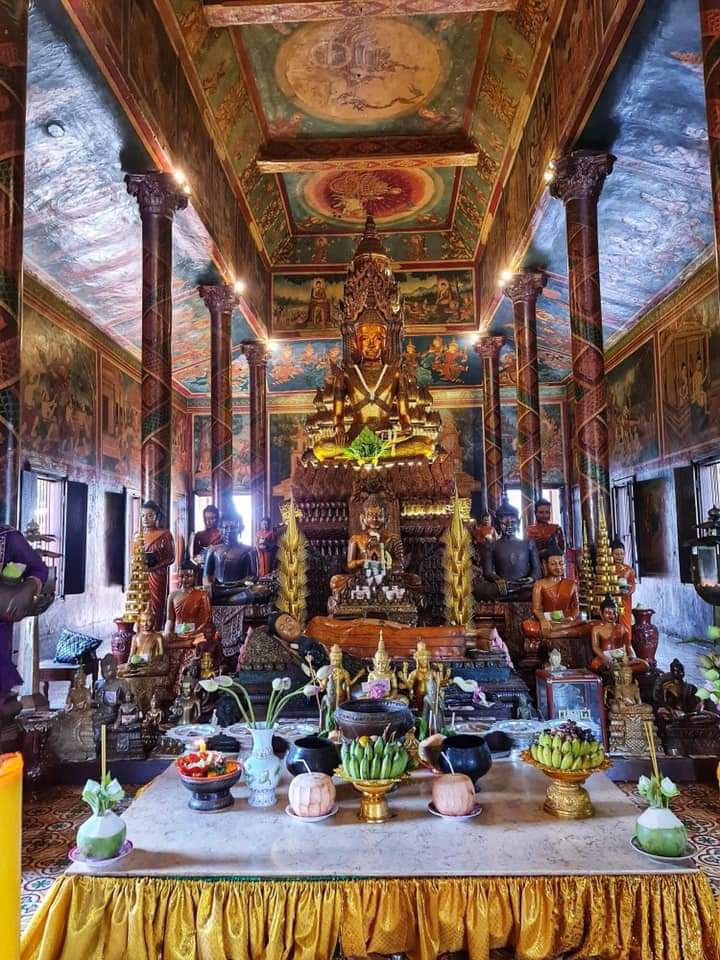
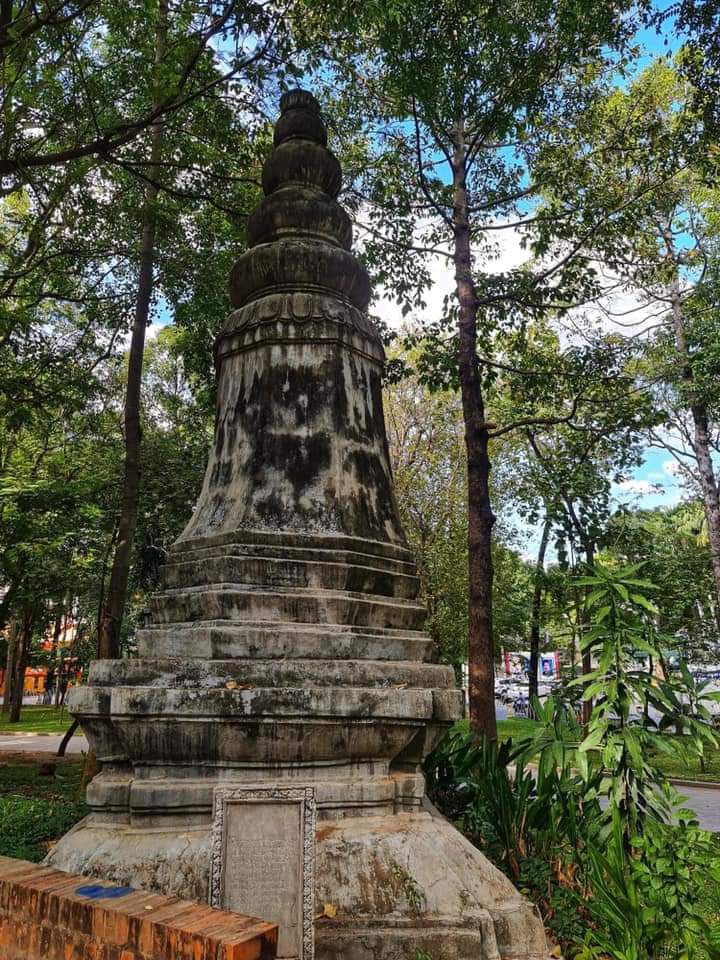
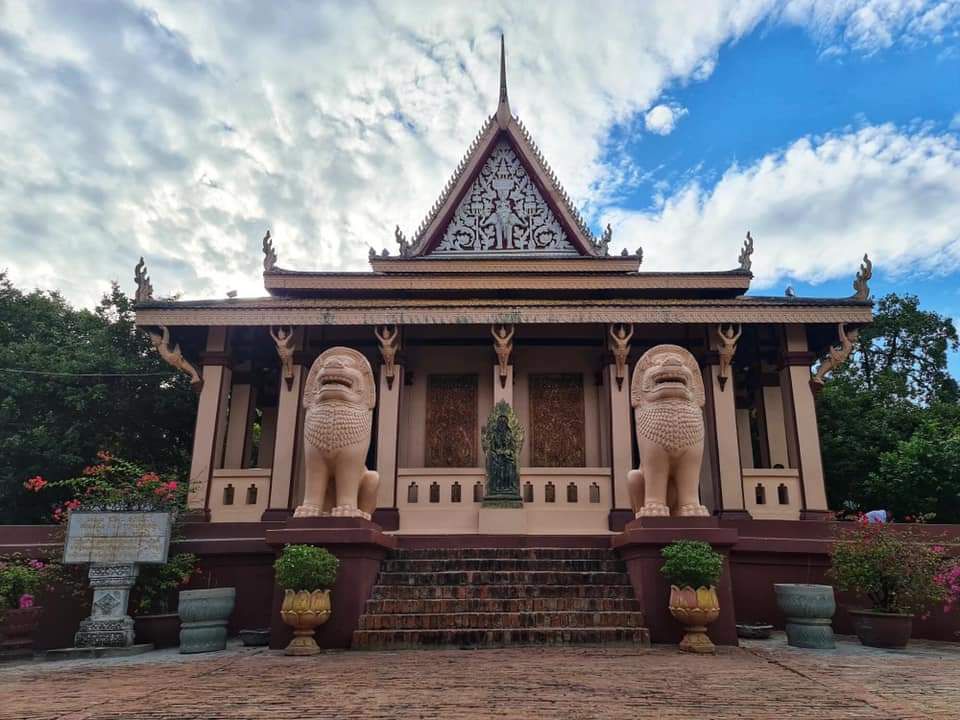
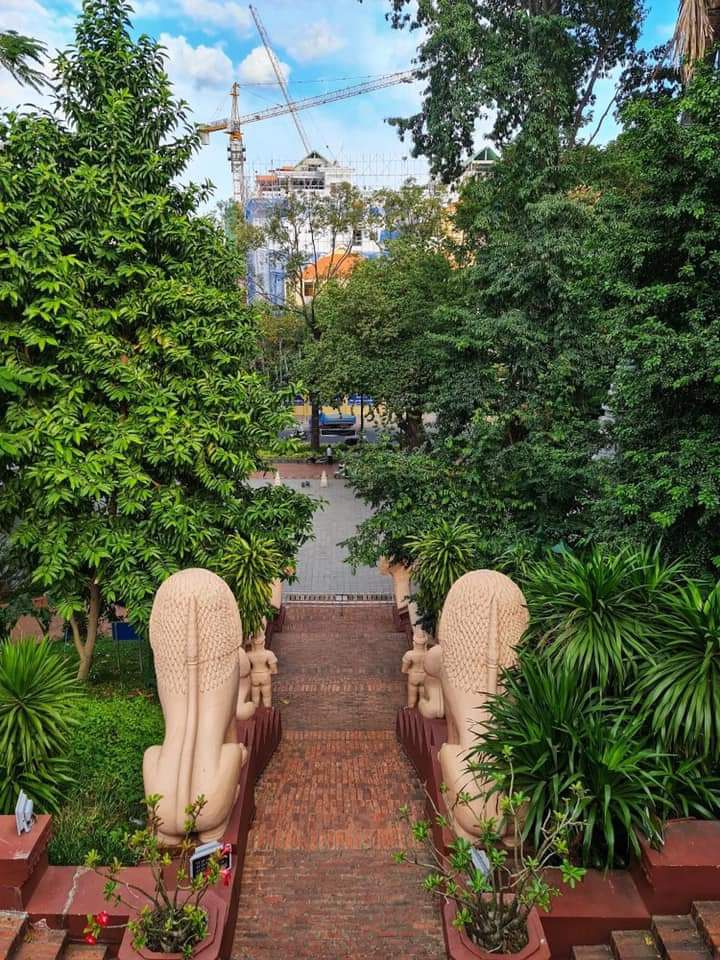
Full text excerpted from the book: Phnom Penh, Chaktomuk

